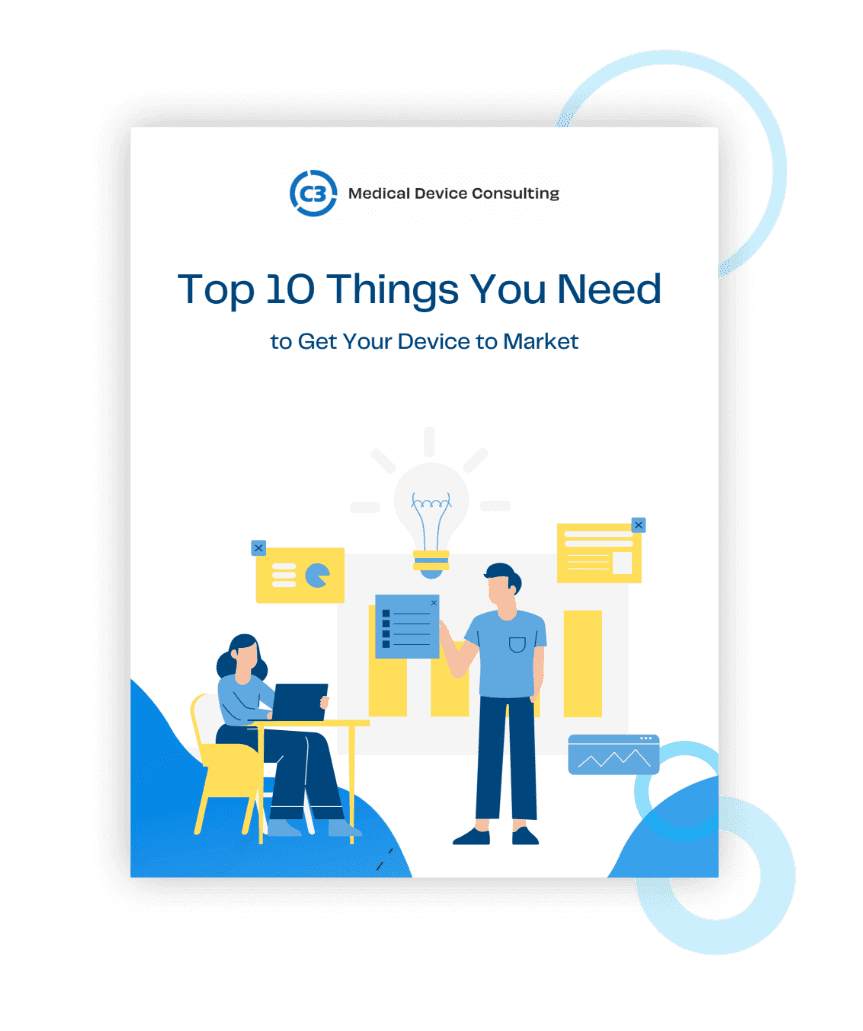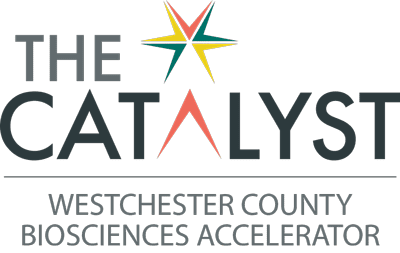An innovative idea is a great thing but bringing it to life and to market is even better. The desire to help people and improve lives through better health drives innovation but it isn’t always enough to put a new device into the hands of providers and patients who need it.
The reality is it takes more than medical expertise to make it happen. Developing the protocol or therapy is the seminal step, but then you must build a device to deliver it effectively, design the hardware and software, ensure reliable connectivity, and create an app to control and monitor the device.
Rarely does a single person or organization have all of that expertise in-house to cover all those bases.
So what are the options? You could hire more staff: identify the gaps in your team, find individuals with the required skills, vet, interview, and onboard them, and invest the associated expenses and time. Or you could opt to find a partner experienced in bringing medical devices to market: someone who has worked with medical professionals like you who need help with the technical and manufacturing side.
In this blog we’ll look at some of the ways a medical device consultant enhances your project’s viability with skills and experience your organization may lack.
Engineering and design
A consultant offers engineering guidance from the earliest stages of design and development through final production. This includes things like PCB layout, physical components, and electronic architecture as well as a familiarity with how “manufacturable” a device is and supply chain issues that may complicate production.
In the medical industry, risk is always a factor. An important goal is to avoid compromised product integrity, product failures, or defects. It’s best to address this early in the design phase to avoid last minute changes or the feeling that you’ve been blindsided by a problem you never saw coming. An engineering team with design audit services, like C3 Medical Device Consulting, is a great source of reassurance, constructive suggestions, and a little bit of the crystal ball effect. A solid audit enables you to optimize your design before making costly mistakes or missteps.
Software and app development
These days a user-friendly app is a key selling point for products from refrigerators to lightbulbs and beyond. Whether the consumer is a medical professional or a patient, the ability to monitor, track, and control a wearable device makes it more effective by boosting engagement with the protocol or therapy.
But does your organization have the ability to develop a robust, proprietary mobile app? Think of all the negative reviews you’ve read of apps online and it quickly becomes clear that creating an intuitive, reliable app is easier said than done.
Look for a software development team with knowledge of connectivity via bluetooth, wifi and other protocols, as well as a keen sense of what makes an app easy to navigate. Consider their ability to incorporate sought-after features like alerts and real-time cloud processing for data collected by the device.
And don’t underestimate the importance of device security and personalization. The ability to set up leveled access to patient data and how or when the device administers the therapy makes it easy and safe to improve outcomes. The Elira weight loss wearable device that C3 helped develop, for example, allows patients to track weight loss while health providers can adjust TENS therapy remotely.
Medical device industry experience
Your device delivers therapy or medication but it is also a consumer product. That means the design must meet current medical industry standards and consumer expectations. It’s the only way to ensure compliance from providers and their patients.
A consultant can verify the device is usable in the real world. For example, the C3 team considered these and other questions with regard to the Elira device:
- Is it small and discrete?
- Is it comfortable to wear for long periods of time?
- How long is the battery life?
- Is it easily rechargeable?
- Does the adhesive leave a residue or cause irritation?
- Is the app interface easy for patients and providers to accomplish their treatment goals?
- Are materials and manufacturing facilities readily available?
If you’re new to medical device development, the documentation requirements and procedures for FDA approval can be daunting. Consultants can also help you prepare with thorough documentation and navigate the process with their knowledge of how the journey to approval works.
Finding the right partner matters!
The right partner won’t make the process effortless, but they’ll make it easier. End-to-end consulting and support means all the bases are covered from the earliest design phase through production and product launch. Look for a design and engineering team who understands the industry as well as your specific product vision. They should be able to picture the end goal while anticipating potential pitfalls, keeping your best interests in mind.
If you’re ready to bring your innovative idea to life, start with a free design audit or contact us to talk – we’d love to hear from you.










